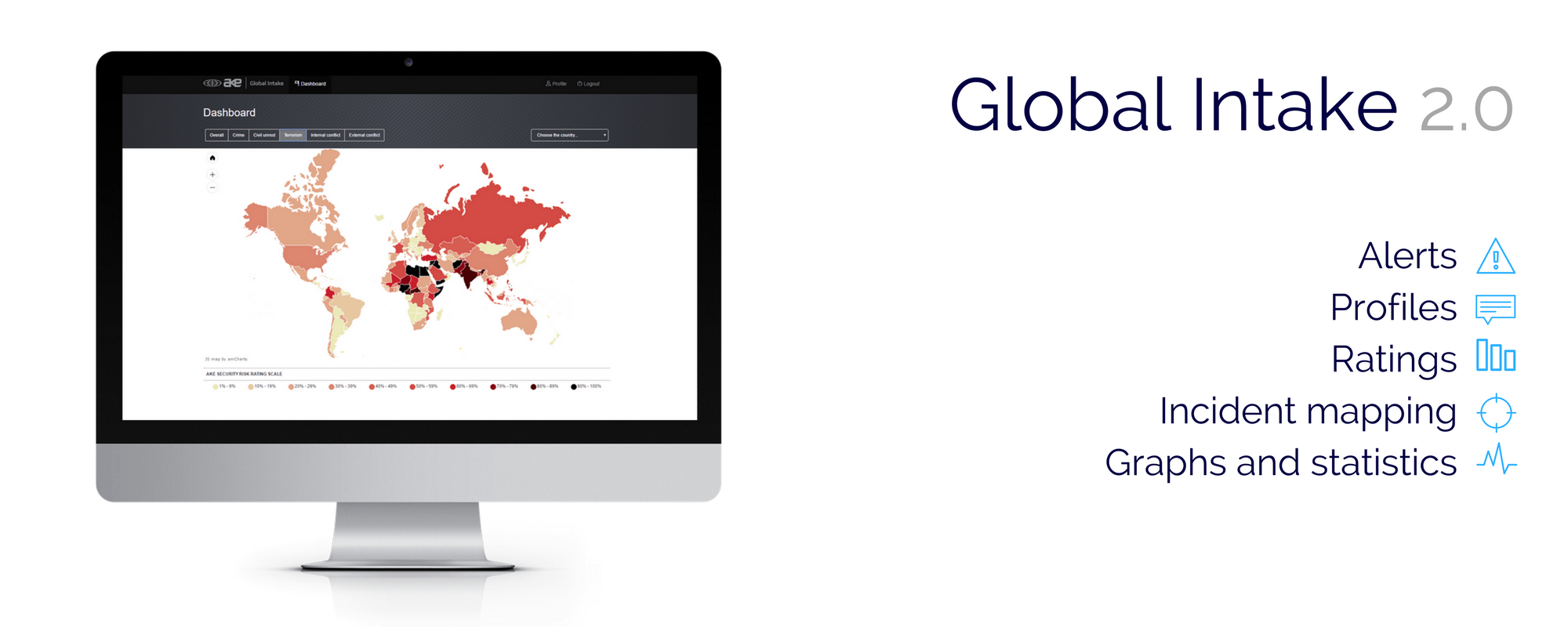Date first published: 31/07/2018
Key risks: increased competition; losses; default
Key sectors: telecommunication
The Indian telecommunication sector has changed dramatically over the last two years. The sector has consolidated with several operators selling their assets and exiting the market. The proximate cause for the change is the full-scale entry of Mukesh Ambani’s Reliance Industries (RIL) into the market. RIL launched Jio, which aggressively priced its services and placed substantial pressure on incumbent operators. It offered its subscribers voice calls and 4G data free for more than six months before gradually raising prices. It still charged as little as Rs309 (US$5) for three months of 1GB of data per day. Jio’s pricing structure was made possible by support from Reliance Industries’ profitable businesses. In under two years Jio has accrued more than 210m subscribers, the fourth most among Indian mobile operators.
India’s telecommunication market will likely reduce to three major players. The first is Bharti Airtel, which is currently the market leader. The second is the merged Vodafone India and Idea (Vodafone Idea). The third is Jio. According to ratings agency ICRA, these four telecommunications companies together had 924.7 million subscribers as of March 2018, accounting for a combined market share of 78 per cent, up from 67 per cent a year earlier.
These operators need to increase investment to stay ahead of curb when it comes to 4G technology. However, profits are falling, which means investment will require increased borrowing. Airtel’s India operations reported its first next loss in almost 15 years for January to March 2018 (Q4 FY2017/18). In the first quarter the profits for the group overall still remained positive due to the profits from the company’s African operations. It was profitable in from April to June, but only due to a one-off tax benefit. Nonetheless the company has continued with investment. Airtel plans to spend Rs240bln (US$3.5bln) in CAPEX in FY18/19, similar to what it spent the previous year. FY18 marked a 35 per cent increase in capital expenditure from FY17. Some of the money will be raised on international markets, with Airtel planning to increase its foreign borrowing through raising around US$1bln from overseas loans. This will be the first time in several years that the telecommunications company is trying to access syndicated overseas loans. It is also looking to sell a stake in its African operations.
Vodafone India and Idea Cellular are in the process of merging, with the new company operating as Vodafone Idea Limited. Vodafone Idea will have a 37.5 per cent revenue market share and 39 per cent customer market share, or about 440 million subscribers. This means that the new company will surpass Airtel as the largest telecommunication company in India. The two companies as independent entities were unable to invest heavily in 4G or other upgrades to compete with Jio and Airtel. While the new company will start with gross debt of around Rs1.25tn (US$18.2bln), cost saving from the merger and their continued ability to raise funds domestically and from abroad should help them catch up.
Jio will likely continue to expand, with Ambani raising money from abroad for further investment. There are few signs that the Jio-fuelled price disruptions and pressure on CAPEX spending will abate in the near future. Jio is believed to require at least 30 per cent revenue market share before its US$40bln investment in its 4G operations are profitable. Jio’s current revenue market share is around 20 per cent, and the company will likely need to add 100m users. This will likely require heavy discounting for at least 10 to 12 more quarters.



